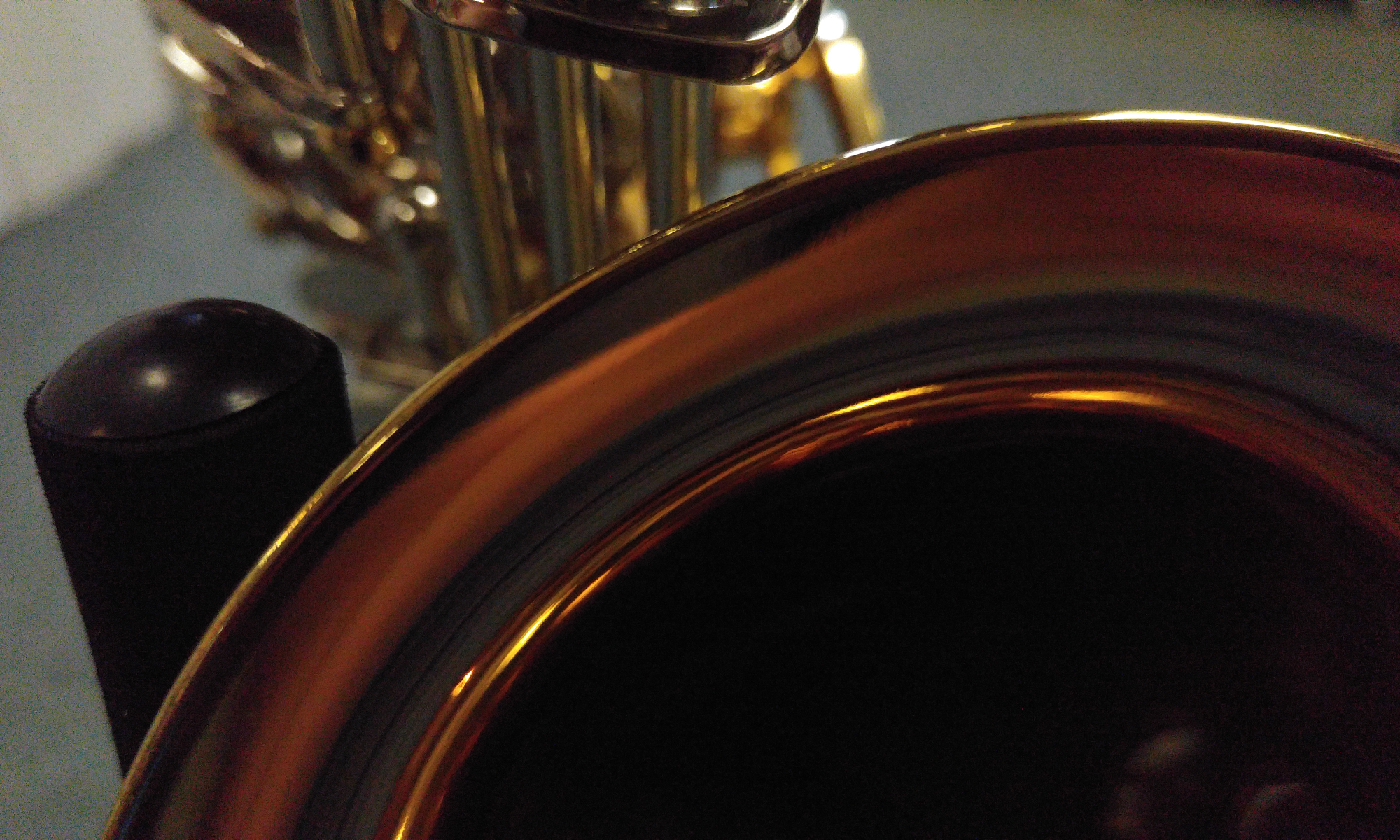There is a long tradition of artists blurring the line between art forms: Whistler painted symphonies in white and gray, Debussy composed impressions of sunken cathedrals, and of course Langston Hughes wrote in jazz. Yet these invocations are never a true collaboration with another medium; rather, they offer a teasing glimpse of the fragile space between image and word, a space that no one artist can traverse. It is all the more satisfying, then, to find a true collaboration between artists who share the same vision and can blur the lines between “brush and quill.” Flipping through the pages of Ken and Duane Hada’s The River White, the reader is immediately confronted with the question of genre: is it a pictorial travelogue of the White River, with poems serving as convenient signposts? Or quite the reverse–a series of rustic poems redundantly decorated by regional landscapes? Thankfully, a close reading of the text offers more ambitious claims for the narrative. Far from being a mere ‘tour’ of the White River, this book is ultimately not about the river at all. The River White is a conversation between two artists–and brothers–about the most human experience of all, that of finding oneself in utter awe of the soaring, swelling, breathing, rustling, silent expanses of our natural world. Reading the book from cover to cover is not a lukewarm reading experience–nor recommended for the casual ‘tourist.’ Like a stray leaf being carried away in a current (to quote the beautiful image on page 90), the reader has to surrender to the rhythms and half-tones of the work, which ultimately lie beyond questions of medium or genre. It is a book that simply had to be.
So how does it work? Can paintings and poems truly ‘speak’ to one another without resorting to slavish illustration? One of the more haunting examples of this conversation occurs on pages 10-11, entitled “Morning Fog: State Park.” On the left is a foggy mountain-scape, dim flashes of trees peering through the mist, while a lone fisherman–a mere shadow himself–flits in and out of existence. Despite the incredible calm of the painting, a darker undercurrent rises up from the depths, a darkness caught palpably in the poem: “Be honest now–you/feel what you cannot name,/you fear to articulate/what you feel–.” Through these words, the fisherman becomes our own soul, fearing a beauty that makes us question the path of our lives, the entanglements of modern civilization. By way of an answer, the poem claims that the “dark moment/permits you to pretend/you’re ahead of the game,/passing others–/such is the myth/of the purple-hearted.” This “myth” clouds the poem like the fog itself, reminding us of Nature’s ability to cleave through human myth-making and reveal the naked, shivering self. Are we who we mean to be? Can we ever go back to something as pure and unpolluted as the poem’s “God-space”? Neither artist nor poet offers an easy solution; their ruminations about life as observed from the end of a fishing pole echoes William Wordsworth, who believed that such moments made us “a living soul…[which could] see into the life of things.”
Of course, as with any journey, the clouds part and sunlight bathes the landscape. Duane Hada’s watercolors offer us radiant depictions of life along the White River, from the swimming expanse of Hopkinswoode to the steamy, nocturnal charm of Batesville. Ken Hada’s poetry is a cunning companion, never offering flat illustration or cliched charm; the poetry can be profound, confessional, humble, or paradoxical. Peering across the water at the glowing lights of Batesville, he notes that “We live/as we die–in the triumph of now–refracted/as ghosts always are.” This, perhaps, is the note that sounds most frequently in the book: the sense of being haunted–by regret as well as beauty–and of reconciling sincere love of all creation with the limitations of the human spirit. Whether or not Duane’s artwork would completely endorse Ken’s ruminations is part of the ironic charm of the work; the collaboration succeeds by moving a step apart. The vision is shared, yet the inspiration, one suspects, is different. The direct, clear-eyed paintings find a distorted beauty in their poetic reflection. Of course, any other relationship would seem forced, untruthful. The ‘ghosts’ haunting the work are not ideals; they are lonely, passionate human beings, searching for the beauty they cannot find in themselves in the world without.
In short, the work offers a sumptuous feast for the eyes and a healing tonic to the soul. Sadly, it is a work that can easily be dismissed, as so few precedents for the Hadas’ collaboration exist in modern literature. Like nature itself, we simply have to come with it without judgment, willing to see it–and ourselves–for what it is. Beautiful. Dark. Sublime. Disorientating. To quote the lines of “Newport Bridge,” “If you go with me far enough,/you will recognize yourself…this is why you must go with me,/why we all must go together.” The book is our guide, through the White River to be sure, but through life itself–or at least, life as only art can create. It is a book worth getting lost in, as every page brings us closer to home.
Reviewed by Joshua Grasso, East Central University, Ada, Oklahoma
Ken Hada & Duane Hada, The River White: A Confluence of Brush & Quill. Mongrel Empire Press, 2011. ISBN 978-0-983305-26-2.
